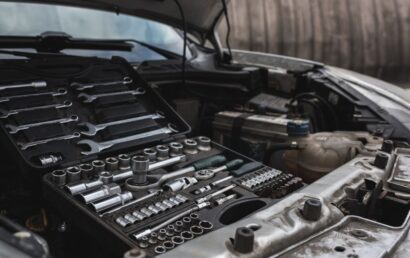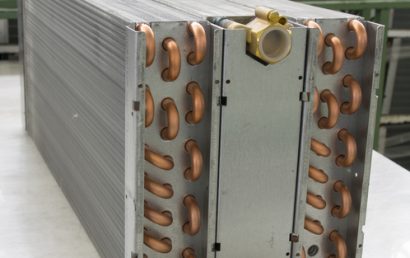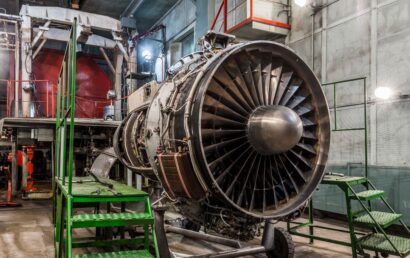Protective Coatings Can Help Improve Aircraft Parts Longevity
Question: What are the most important aspects of improving performance in every industry across the globe? Answer: Challenging standard practices, developing technology, and problem-solving. When wear-and-tear is an issue, and in extreme environments, ensuring economic viability while maintaining high performance is certainly a challenge. One essential aspect where the protection and longevity of aerospace parts are concerned are today’s thermal sprayed protective coatings for aircraft parts. With the problem of wear resistance, hard coatings can greatly assist in component life increases, a higher-quality surface finish, and dimensional stability improvement. Why? Answer: Premature seal wear is prevented. This can improve overall competitiveness and significantly help reduce downtime. Read on to find out more about protective coatings for aircraft parts.
Parts That Need Attention
In the aerospace industry, leak tight seals are used on rotating shafts and aircraft hydraulic actuators. In corrosive and abrasive environments, piston rod and/or metal seal track finish degradation can have an accelerating effect on how fast seals wear. In addition to excessive wear on rotating parts, components in the aerospace industry are also subject to temperature extremes, depending on the aircraft’s location.
HCP Replacement Coatings
In the aerospace industry, HCP (hard chrome plating) has been used successfully for many years. Unfortunately, it was banned several years ago due to safety, health, and environmental hazard concerns. So, to solve various issues involving galling, corrosion, and wear, a number of alternate coating selections are now being used. These coatings can be tailored to specific requirements and are based on the individual operating environment or application.
Including thermal spray, there are also additional alternatives to HCP. This includes HVOF (high-velocity oxy-fuel), and new processes like explosive bonding, PVD (physical vapor deposition) coatings, electro-deposited nanocrystalline cobalt phosphorus, and electroless nickel composite plating. Though each coating has its specific limitations, depending on the application, where alternatives to HCP are concerned, all of these are considered highly effective.
CVD Protective Coatings for Aircraft Parts
The need for traditional coating material alternatives is being driven, additionally, by changes in technology. 3D printing of components is one such technology change/advancement. CVD (chemical vapor deposition) is used, among other things, to coat internal surfaces of 3D parts that have been seamlessly joined together. Helicopter manufacturers, Airbus aircraft components, and jet components – just to name a few – are testing and, in some cases, making use of today’s CVD tungsten carbide coatings. HVOF applied coatings and hard chrome plating are being replaced via this method as well.
Aerospace applications using CVD coatings:
- Pneumatic cylinders
- Hydraulic cylinders
- Shafts
- Compressors
- Actuators
- Pistons
- Valves
- Rods
- Sleeves
- Slats and flap tracks
- Landing gear
- Catches
- Hooks
- Bearings
- Brushes
- Pins
CVD Coating Benefits
Meeting environmental regulations, reducing downtime, and improving performance – all at the same time – can be a daunting challenge in industries where tools and equipment are pushed to the extreme. Fortunately, to extend the life of components, offer effective solutions for the problems just listed, and reduce maintenance time, tungsten carbide CVD coatings have proved beneficial.
A game changing evolution in performance, tungsten carbide CVD coatings use the latest materials technology. Alternative technologies simply do not enable the level of engineering flexibility offered by the CVD process.
Need Protective Coatings for Aircraft Parts? Turn to A&A Coatings!
At A&A Coatings, we specialize in various kinds of thermal spray coatings for numerous industries. General aviation, commercial, military aviation, and aerospace included. We offer numerous technologies and a wide selection of materials when it comes to protective coatings for aircraft parts. Call or email us today to find out more about utilizing CVD and other spray processes for your coatings!



